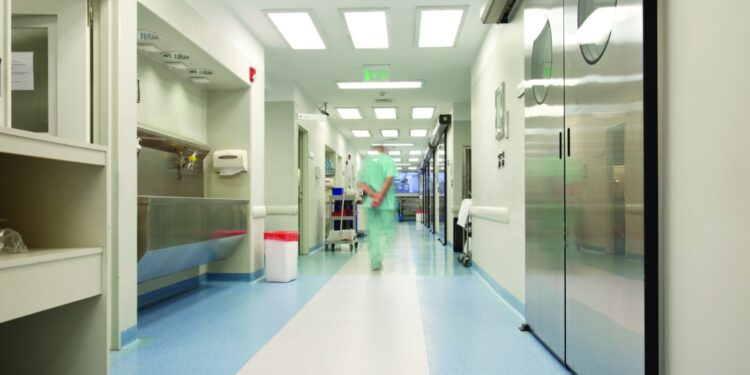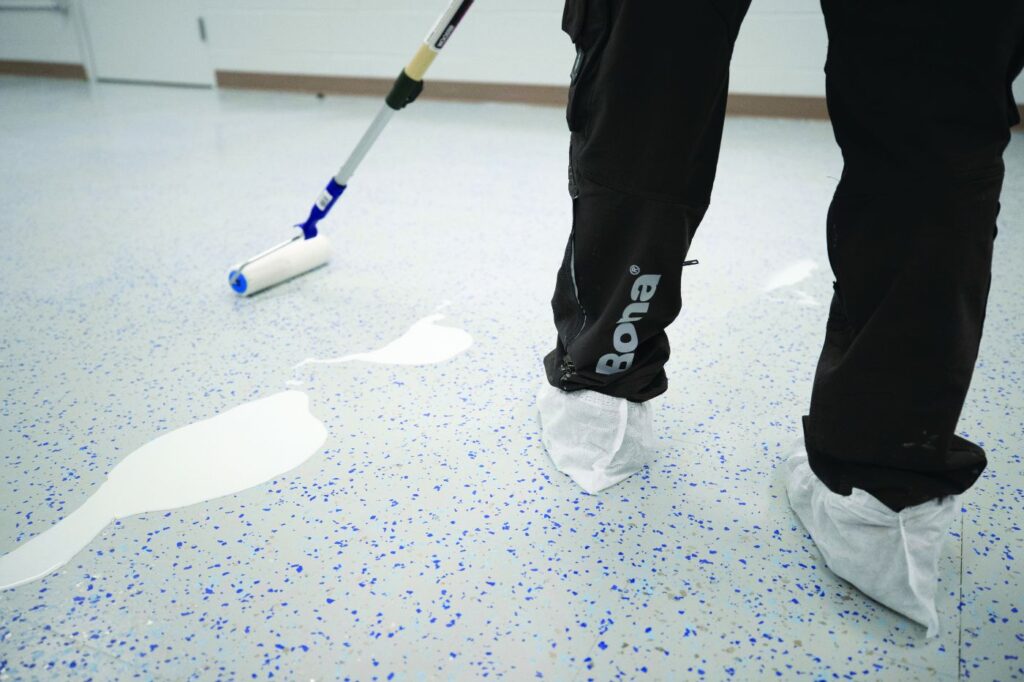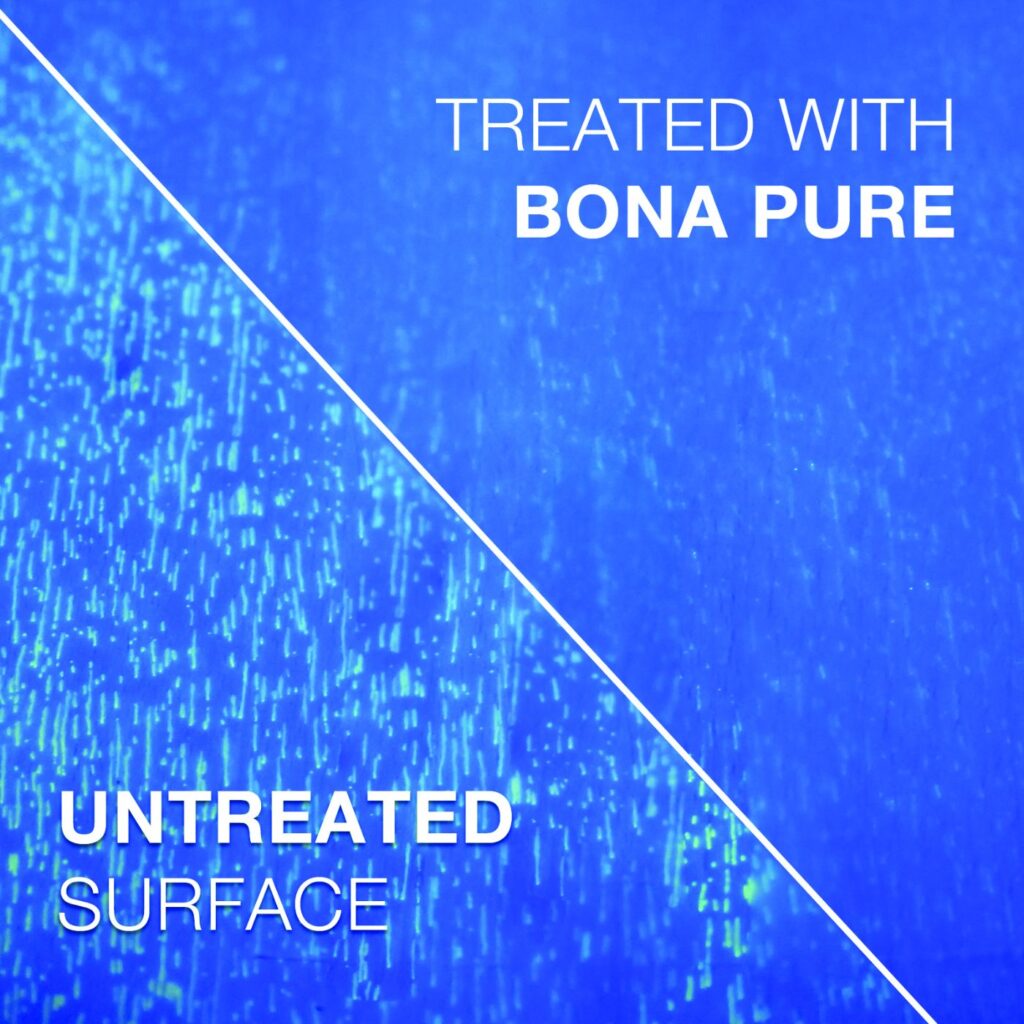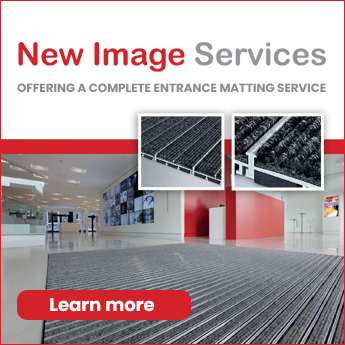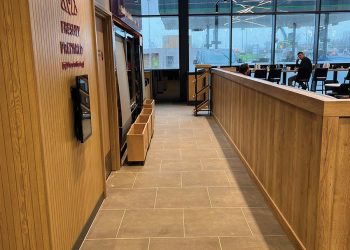DO you have clients with resilient floors in settings that need to be kept REALLY clean? Bona’s Resilient Floor System is the ideal system to renovate and restore Vinyl, Rubber, Linoleum, LVT and Marmoleum floors. Every day a significant amount of dirt and micro-organisms accumulates in the scratches and joints of busy flooring surfaces. Reducing this type of contamination is essential if the floor is to be kept scrupulously clean.
Using traditional methods to remove it is almost impossible but, using Bona’s latest deep cleaning and recoating methods, floor owners can considerably improve the hygiene levels of their floors.
Many types of resilient flooring cover large areas and represent a ‘sealed’ surface with no breaks in the surface. Panels of the flooring are connected by plastic welds which keep the flooring intact and prevents the ingress of liquids into gaps and beneath the flooring. Over time welds can become damaged by wear and tear leading to difficulties cleaning the surface effectively. Broken welds or splits and tears to the flooring can be addressed using Bona’s PU Filler. This would be done during a full renovation using the Bona Resilient System. This is an effective and cost-effective alternative to replacing the existing floor when it is considered to be at the end of its life. Along with the environmental and cost benefits, the process requires much less time compared to replacement, which with resilient flooring will always involve lengthy subfloor preparation in addition to the disposal of the removed flooring. A full renovation, which can include changing the colour and introducing logos etc, will result in the surface returned to its sealed state making maintenance more simple and effective in removing micro-organisms.
The Bona concept is to periodically deep clean and seal the floor’s surface, ideally from the time it is installed, to produce a smooth, homogenous surface which can be easily and efficiently cleaned during its lifetime. The sealing treatment, overcoating with Bona Pure, fills any fine cracks and scratches, as well as the joints between LVT panels – to eliminate the possibility of dirt and micro-organisms building up on the surface and making daily cleaning easier and more efficient.
Using safe, non-hazardous products from Bona’s Resilient Floor System range, the deep cleaning and recoating process also enables you to maintain the beauty of the floor and prolong its life – with minimal downtime during treatments.
Recoating involves superficial sanding with a Bona FlexiSand machine using Bona Diamond Abrasives for a perfectly smooth surface. This is followed by an application of Bona Pure, a hard wearing, non-yellowing, clear polyurethane coating specially formulated for the treatment of resilient floorcoverings. Floors treated with Bona Pure also meet the DIN 51130 (R9) standard for slip resistance.
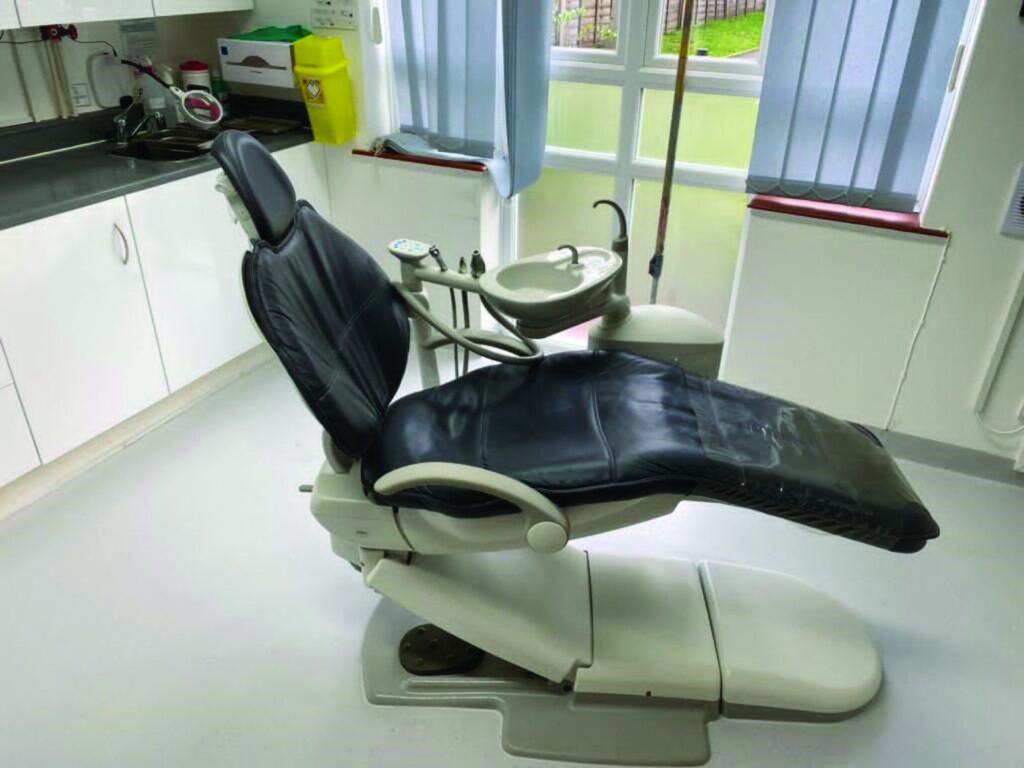
Tried and tested:
To prove the hygiene performance of the Bona recoating system, we commissioned a study of its use on LVT flooring – the type typically used in hygiene sensitive areas such as hospitals, clinics and dental surgeries etc. The test, carried out in conjunction with the IFR Institute in Germany, was to verify that a smooth, joint-free LVT surface can be created by overcoating with Bona Pure, achieving a surface that met the standards required by the internationally recognised TRBA 250 (Technical Rules for Biological Agents in Healthcare and Welfare Facilities).
The test involved coating one half of a new LVT wood effect plank floor with Bona Pure, while the other was left untreated. A solution containing fluorescent pigments was then applied daily across the whole floor and cleaned using the Bona PowerScrubber and Bona Deep Clean Solution. Daily contamination with the pigments, followed by cleaning, was carried out over a period of 8 weeks. At the end of the test period, UV lights were used to expose the levels of contamination on each part of the floor.
The part of the floor not treated with Bona Pure showed high levels of contamination. The part treated with Bona Pure showed hardly any. The LVT planks were then removed to examine for signs of contamination below the surface. On the untreated area, a high level of contamination was found below the planks due to penetration through the joints – and almost none on the part treated with Bona Pure.
By applying a coat of Bona Pure on an LVT floor meets the criteria defined in the TRBA 250 regulations. Its sealing power creates a barrier against residual germs and micro-organisms, making it easier to keep the floor scrupulously clean.
In addition to recoating with Bona Pure, the Bona Resilient Floor System offers a range of cleaning and long-term maintenance treatments for all types of resilient and wood surfaces. For example, there are options enabling the total transformation of a resilient floor by using Bona Pure Colour PUR based paint (available in any RAL colour), and the inclusion of graphics or logos etc below the final clear topcoat.
The Bona Resilient Floor System not only allows you to improve floor hygiene, but also to totally transform the look of your existing floor without replacing it. Recently this process was used to refurbish the floor within a busy dental practice.
Bona Certified Contractor, Next Level Flooring, were approached by a local dentists practice to refurbish their existing vinyl flooring in one of the treatment rooms.
Initially the flooring was to be removed and replaced with new. However, this was undesirable for a number of reasons, particularly the downtime required. Glen Cartwright of Next Level Flooring offered the Bona Resilient System, which allowed the refurbishment of the worn and discoloured flooring in half the time of replacing the floor.
The refurbishment involved making repairs to areas which are damaged, using Bona PU Filler and then preparing the surface for overcoating with Bona’s water-based coatings for resilient floors, Bona Pure Colour and Bona Pure. In this way the existing flooring was preserved, and the process caused minimal disruption, as opposed to discarding the old flooring. Not only does this create landfill waste; damage caused by the floor’s removal means that remedial work is required to the subfloor before a new floor can be installed. This takes time and increases costs.
Replacing the floor would also involve the removal of the dentist’s chair. This requires skilled operatives to uninstall and re-install afterwards, in addition to suitable storage during works. Estimated costs for addressing the chair were in excess of £1,500.
Glen, joint owner of Next level flooring, has worked with the Bona Resilient System from its introduction and completed many projects, some within popular UK attractions. He quickly noticed that the speed, cleanliness, and environmental profile of the system would be perfect for resilient floors subjected to high trafficking, some of which have further requirements such as slip resistance and ease of maintenance, particularly in scenarios where hygiene is paramount. This was a factor with the dentist surgery.
A critical part of the refurbishment is the deep cleaning and abrasion of the existing surface to remove all traces of maintenance products used previously on the vinyl. This involves using Bona’s diamond abrasives. These are used for wet sanding which prevents the abrasive from clogging. The diamonds ensure longevity. When dry, the surface was treated with Bona Pure Colour, a two-component water-based paint with very low VOC content. This is available in virtually all RAL colours. Decorative ‘chips’ were sprinkled onto the wet paint and the surface allowed two hours to dry. This was then overcoated with Bona Pure, a two-component clear topcoat. Using this system, rubber, linoleum and vinyl resilient floors can be rapidly transformed to a new appearance or restored as original for approximately half the cost of replacing the floor.
Along with reduced time and costs, a recent independent study made by the IVL Swedish Environmental Research Institute has calculated the environmental benefits of refurbishing resilient flooring compared with floor replacement. The study calculated that there is a 90% energy saving and 90% reduction in the CO2 produced in addition to a cost saving of at least 40%.
These findings are great news for Bona as we are now able to quantify the benefits of refurbishment against replacement, something that was long suspected and fits with Bona’s efforts for improving sustainability and the environment.
Bona
01908 525150
info.uk@bona.com
www.bona.com



